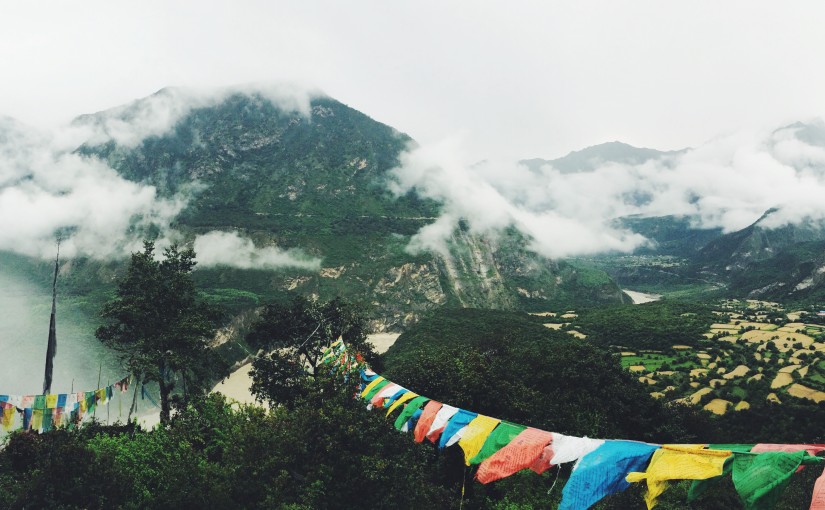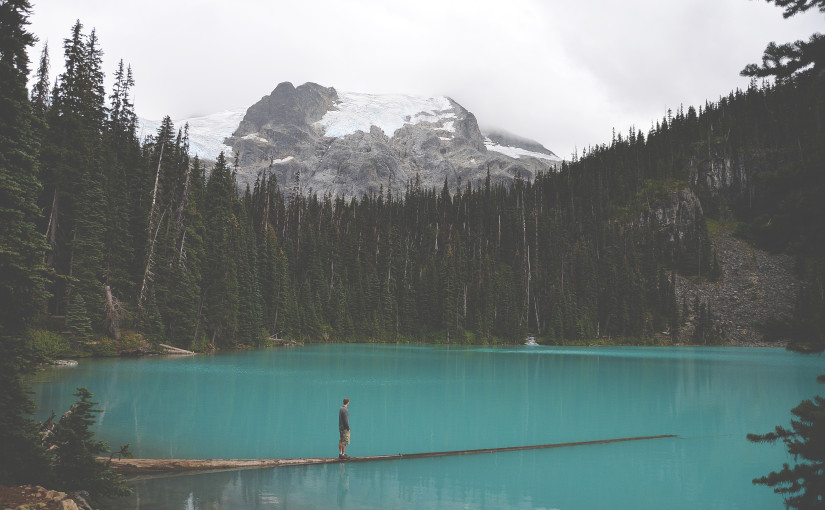Hiking to the top of the mountain is a special privilege that we are able to enjoy living where we do. We go out our back door and hike up from 9,750’ in elevation to 10,500’. A hiking club would label our hike as strenuous but we take out time and it actually is not that difficult. It is a great way to spend a few hours and have a picnic on a mountain top. The further up the mountain you go the steeper it gets until it becomes very steep but no rock climbing is needed to get to the top.
From out back door to the top takes one hour and forty minutes and to get back down the time is one hour. While the hike is strenuous and you are huffing and puffing when you get to the top, when you stand on that weathered ridge of rock and look around you forget all the difficulty of getting there. The vista as demonstrated in the photos is breath taking.
There is just something about standing on the very top of a mountain looking out for what seems forever that is a balm to your soul and a comfort to your mind. Modern technology is amazing and we could see a friends house on the next ridge over and used our cell phone to call him. He went out and even with his binoculars he could not see us standing on top of the mountain waving our arms. Standing on top of a mountain helps you put into perspective just how small you really are by comparison. It is an amazing way of helping you put your ego into perspective.

